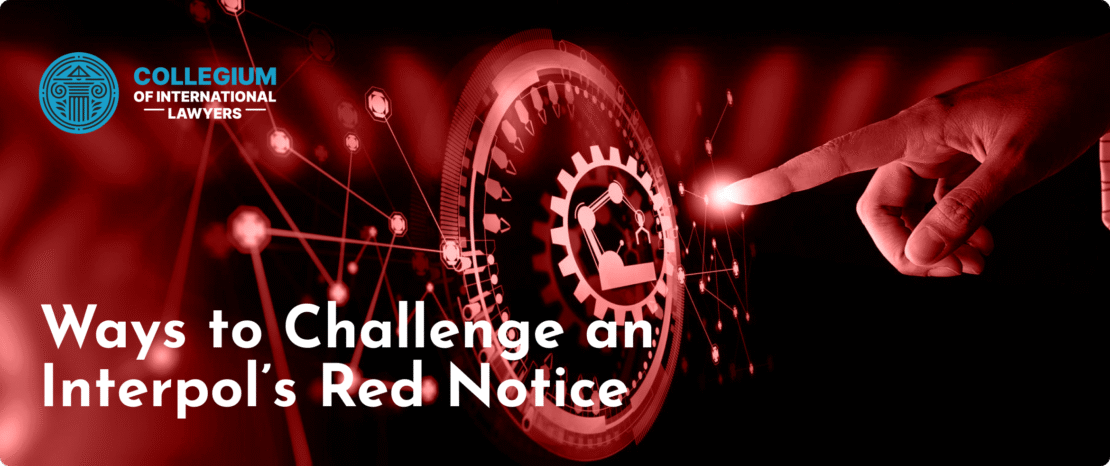The Presidential Autopen Controversy A Sign of the Times
- 2025-10
- by Cn Vn

The presidential autopen controversy has emerged as a significant point of discussion in recent political discourse, revealing underlying tensions between tradition and modernity within presidential practices. As the office of the President evolves in response to the demands of the 21st century, the use of signature mimicking technology raises critical questions about authenticity and the nature of authority in governance.
The autopen—a device that replicates signatures—has long been utilized by presidents to manage the sheer volume of correspondence that floods the Oval Office daily. While it has its practical advantages, the autopen exemplifies a broader cultural shift in politics where personal touch is often sacrificed at the altar of efficiency. This controversy particularly echoes the sentiments of those who value the personal connection that a handwritten signature represents. The debate over its implications also resonates with concerns about accountability in leadership roles; with the autopen, the line between personal engagement and bureaucratic detachment becomes alarmingly blurred.
The origins of the autopen can be traced back to the mid-20th century when the device first found its way into the hands of government officials. Raymond Loewy, a prominent industrial designer, introduced it as an innovative solution to the growing administrative demands faced by public figures. The autopen’s capability to produce an exact copy of a signature allowed presidents to effectively sign letters, bills, and various documents without having to physically write out each one. However, critiques have surfaced regarding the implications of using such a device. Opponents argue that relying on an autopen can foster an illusion of engagement, while supporters claim it satisfies the need for expediency in an increasingly busy world.
As new technologies disrupt traditional practices, it is essential to consider how these changes affect public perception and trust in leadership. For instance, the rise of social media and instantaneous communication has already transformed the way presidents interact with constituents. Signature authenticity may seem a small matter in light of these broader transformations, yet it reflects deeper issues about the relationship between leaders and the citizens they serve. When presented with a document signed by an autopen, how can the public be sure of the president’s commitment to the document’s contents? This question underscores significant themes in the presidential autopen controversy.
Moreover, the stigma attached to the use of the autopen extends beyond mere optics. In a political landscape mired in skepticism—a phenomenon exacerbated by the prevalence of misinformation—each action and gesture from a leader carries weight. A handwritten signature has historically symbolized authenticity, transparency, and accountability. The shift towards autopen usage could therefore be perceived as a departure from these values, raising alarms about the very essence of presidential authority.

Many advocate for a more personal touch in presidential correspondence, positing that leaders should prioritize genuine interactions with the public. These advocates argue that a signed letter—crafted with care—displays respect for the constituents and demonstrates dedication to addressing their concerns. Conversely, the autopen, which can generate hundreds of signatures in a fraction of the time, is viewed as a mere bureaucratic shortcut that hampers the richness of direct communication.
The arguments against the autopen often encompass broader discussions surrounding the culture of leadership and governance. Critics assert that excessive reliance on technology drives a wedge between elected officials and their constituents, undermining the essential tenets of representative democracy. When leaders lose touch with the human aspect of their roles, they risk fostering disconnection and disenfranchisement among the populace.
Proponents of the autopen defend its utility, highlighting how modern governance is incompatible with past practices that expected personal engagement in every correspondence. In a globalized world where domestic and international responsibilities proliferate, presidents face immense scrutiny and pressure to respond swiftly to pressing issues. Maintaining efficiency is imperative, and the autopen serves as one tool to help navigate those demands. The tension between these opposing views highlights the complexity of contemporary governance, emphasizing the need for striking a balance between personal touch and operational efficiency.
Furthermore, discussions around the autopen prompt inquiries into the nature of leadership itself. If a president employs an autopen, does it diminish their authority? Does it imply the president is too busy or indifferent to engage authentically with the public? Such questions invite a reevaluation of what it means to be a leader in an age characterized by technological advancement and an ever-expanding list of responsibilities.
The narrative surrounding the autopen controversy continues to unfold as new developments emerge. Each presidential administration brings its unique approach to leadership, and, thus, its own relationship with technology. The balance between efficiency and authenticity will remain a pivotal theme as future leaders navigate the challenges presented by evolving communication methods.
In conclusion, the autopen controversy ultimately raises essential questions about the nature of presidential authority in a modern context. Is the autonomy of the individual leader being eroded in favor of an impersonal administrative approach? Or is it simply the case that new technologies provide practical solutions within a demanding political landscape? As society grapples with these issues, the conversation surrounding the use of the autopen will undoubtedly continue, underscoring the ongoing evolution of political leadership and public engagement.





